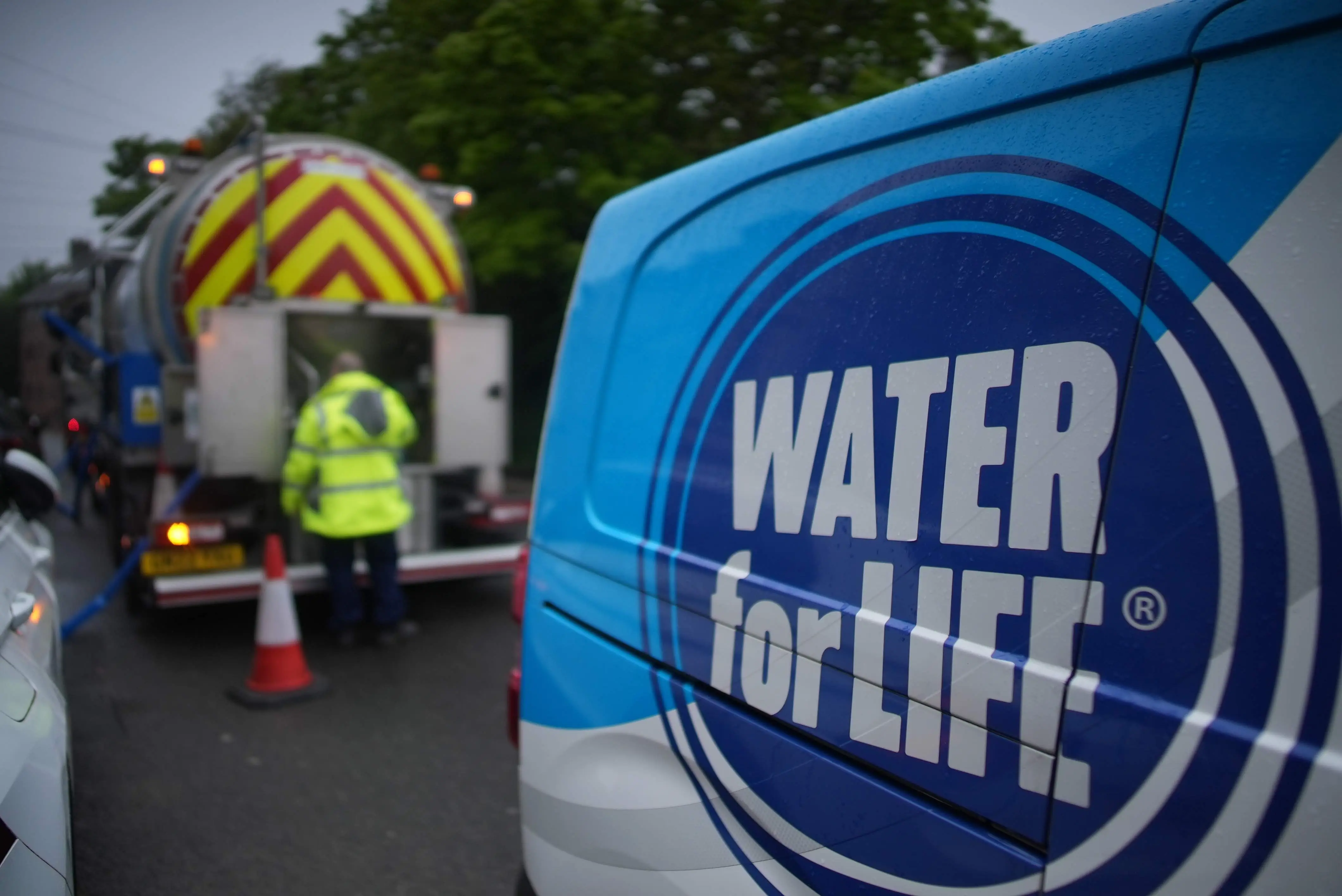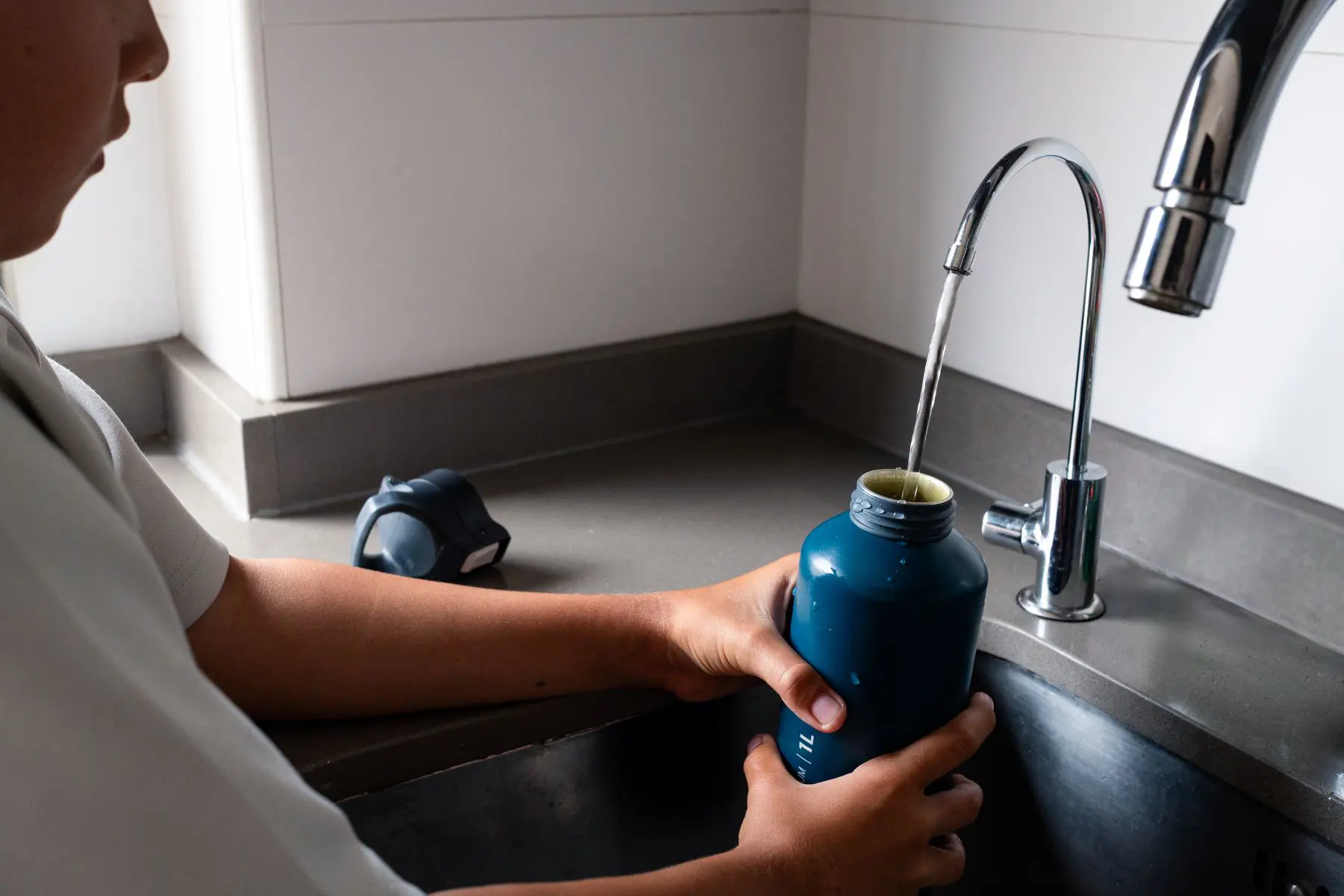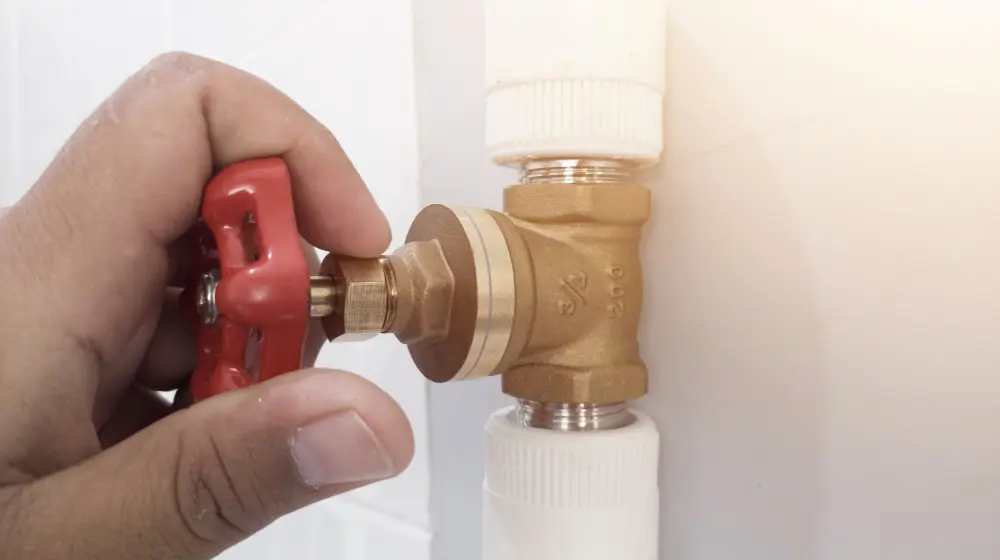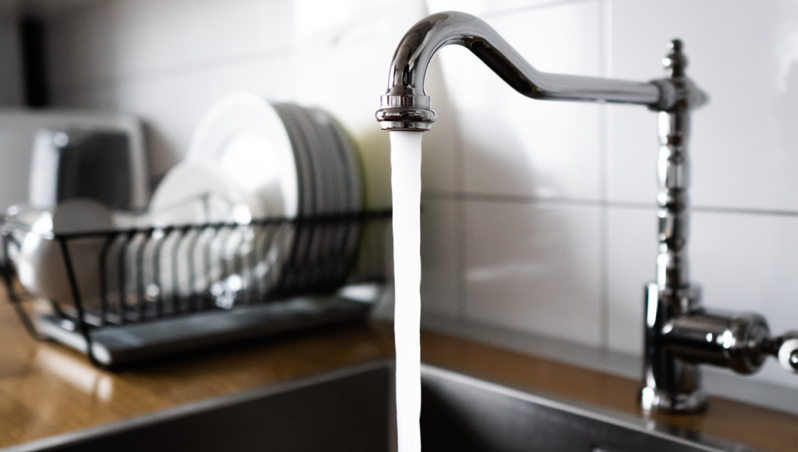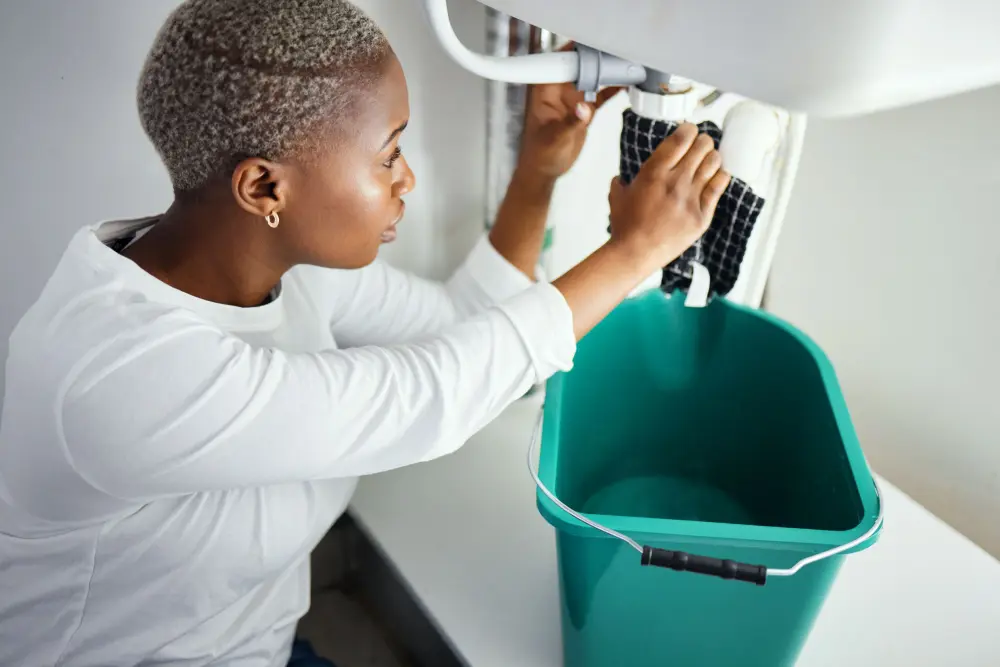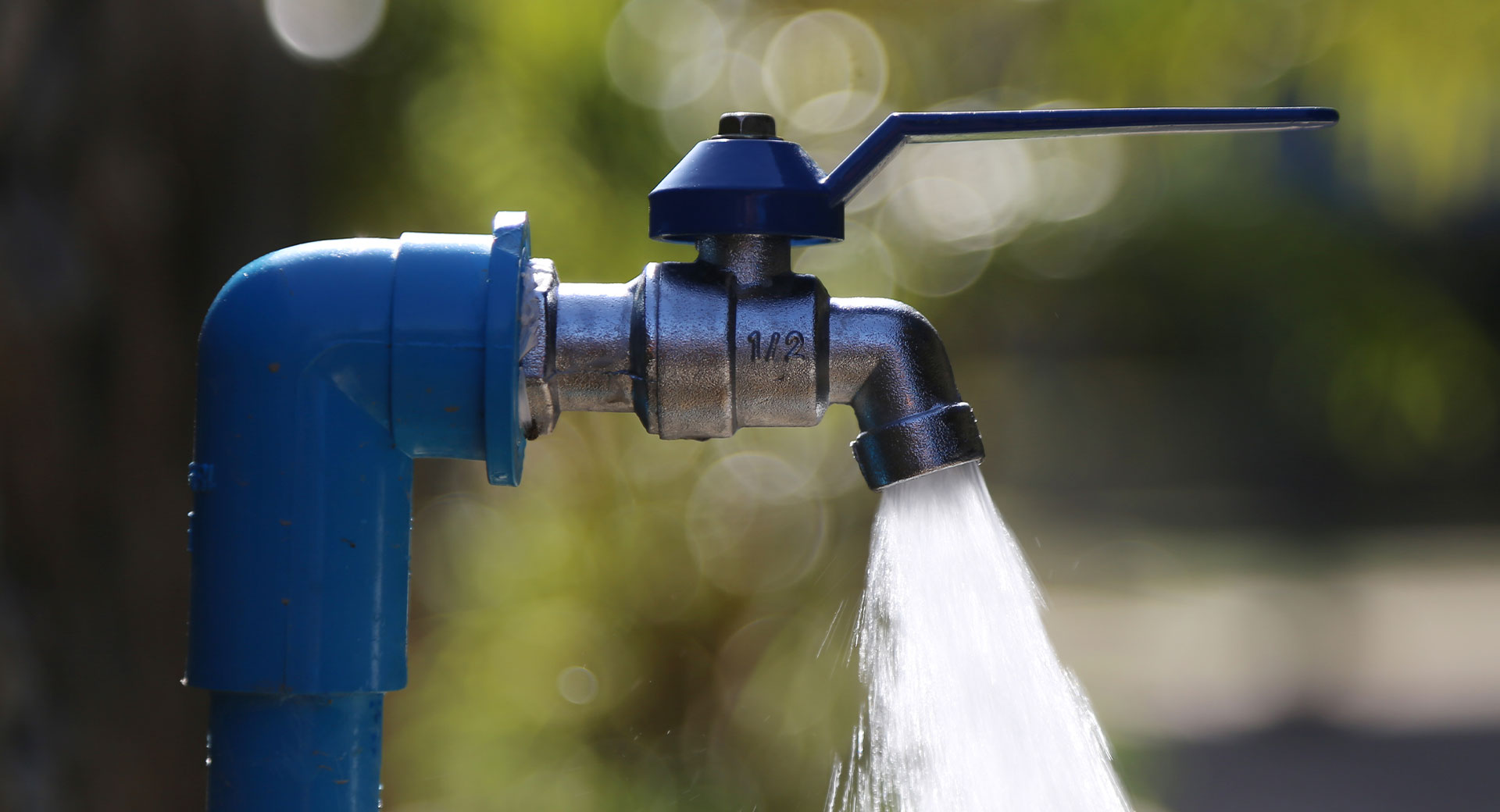Managing your water pressure
We keep a close eye on water pressure across our network to make sure your supply stays reliable. By using specialist valves and control devices, we can smooth out pressure changes - reducing the risk of leaks, bursts and unexpected outages.
Pressure varies naturally throughout the day. It’s highest at night when demand is low, and lowest during busy times. We use smart technology to stabilise pressure, lowering it when it’s too high and boosting it when needed. This helps us protect your pipes and ours and keeps water flowing steadily to your home.
Fewer leaks and bursts mean fewer disruptions and less wasted water. Consistent pressure helps your appliances run smoothly and can even lower your energy bills.
If we’re managing pressure in your area for the first time, you might notice a slight drop in water pressure. You’ll still get the water you need, but it may take a bit longer to fill a bath or washing machine.
You can check your water pressure by carrying out a flow test in step 3 above. If your supply is affected, we’ll look into it and fix the issue. Most of our customers in areas where we're managing water pressure will not even notice a change.


